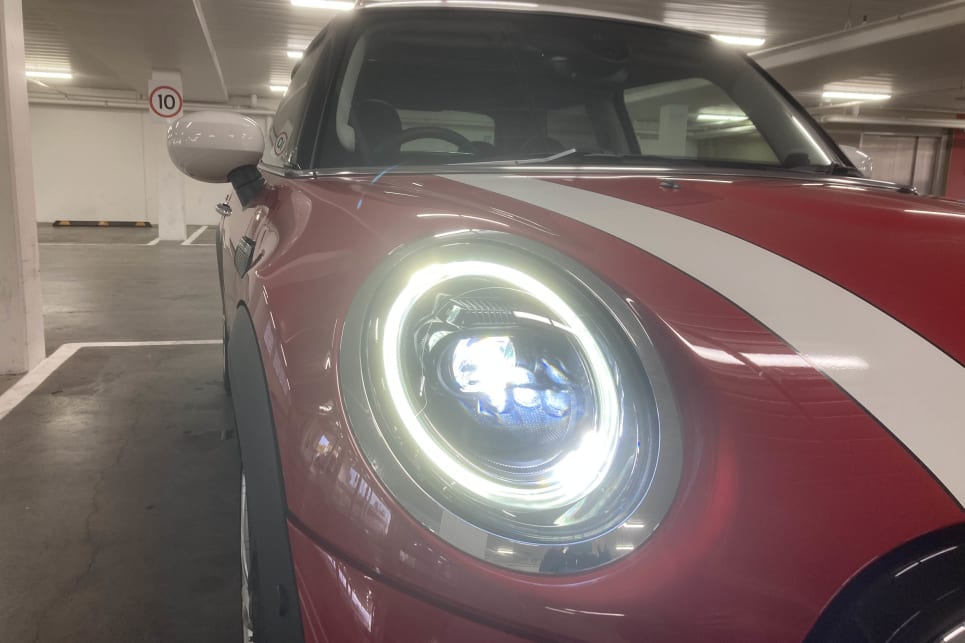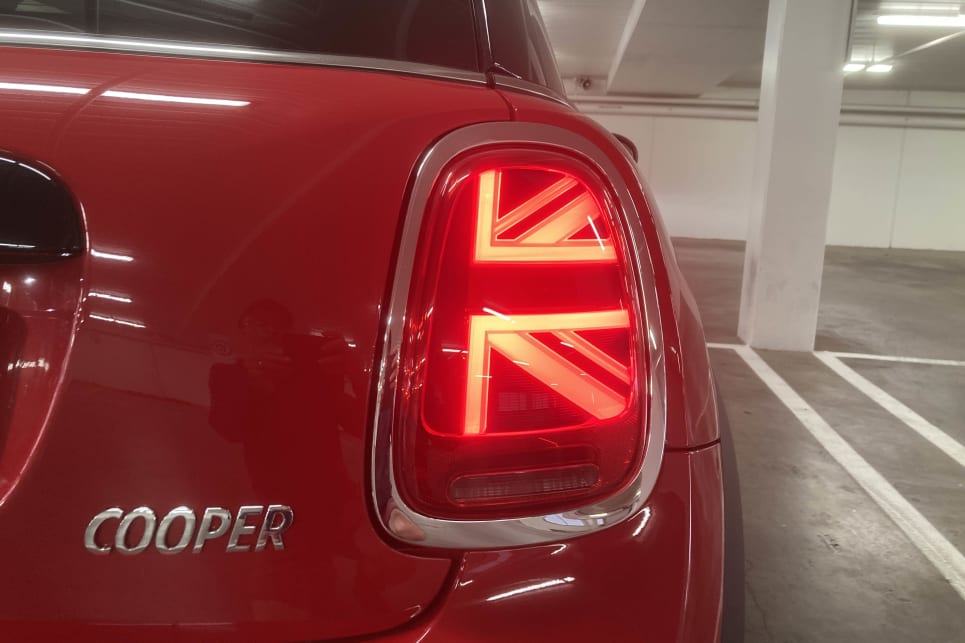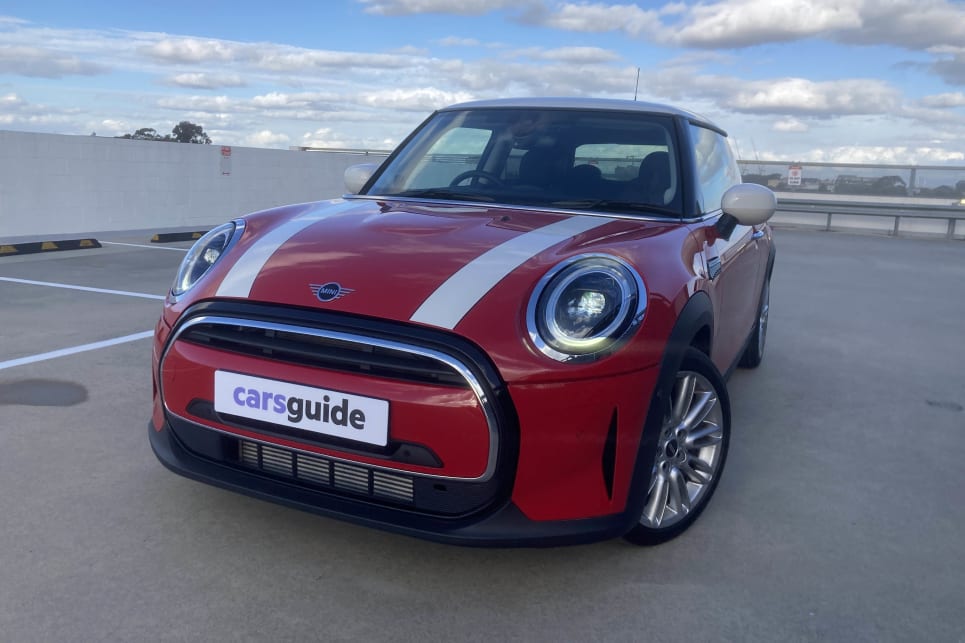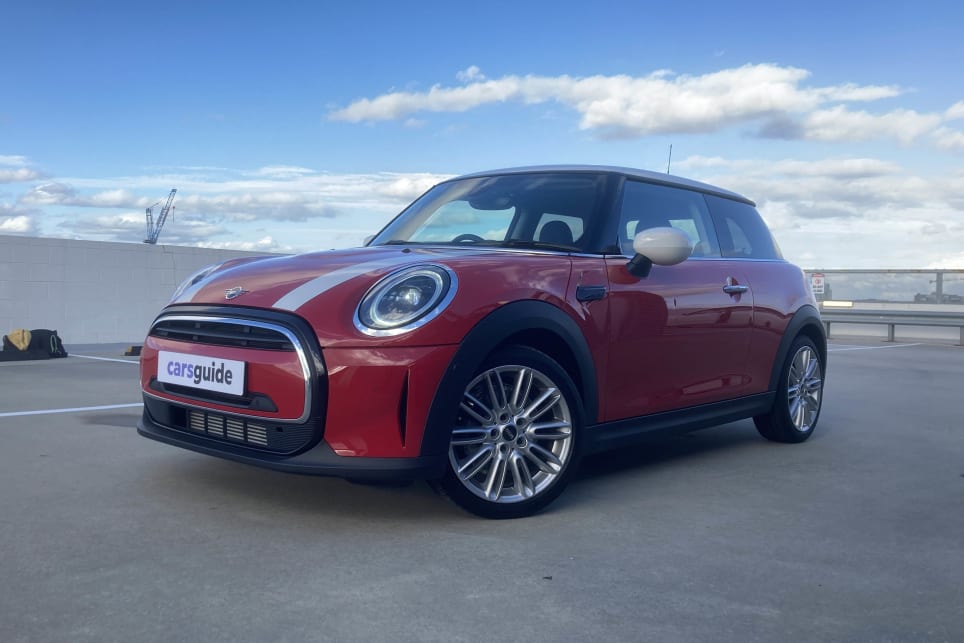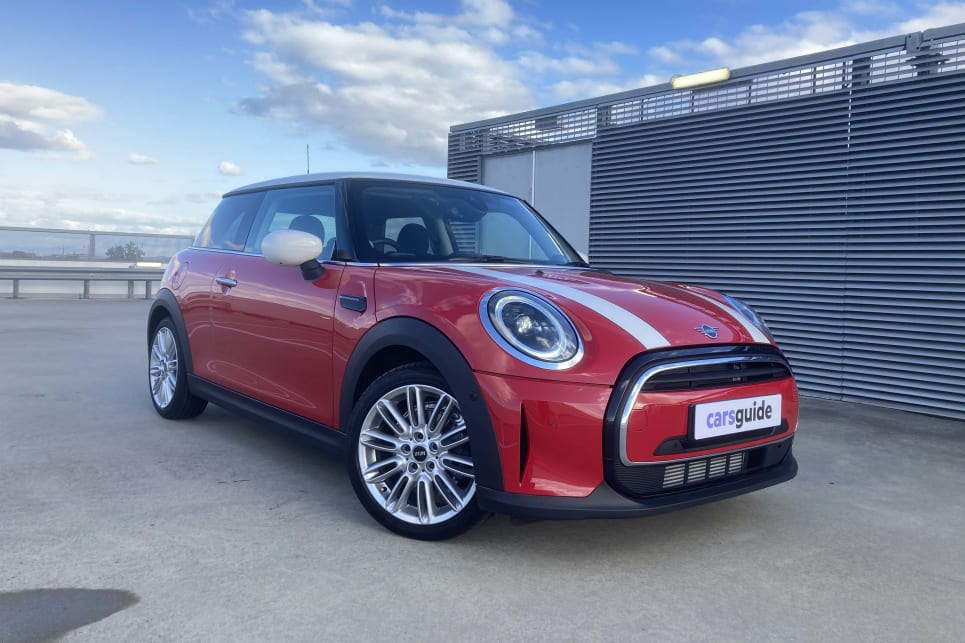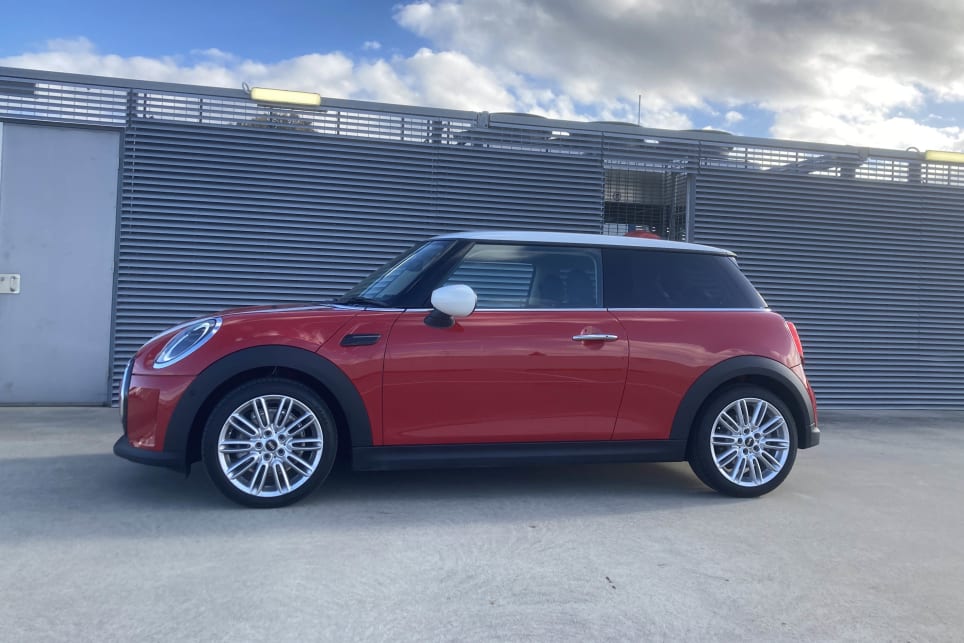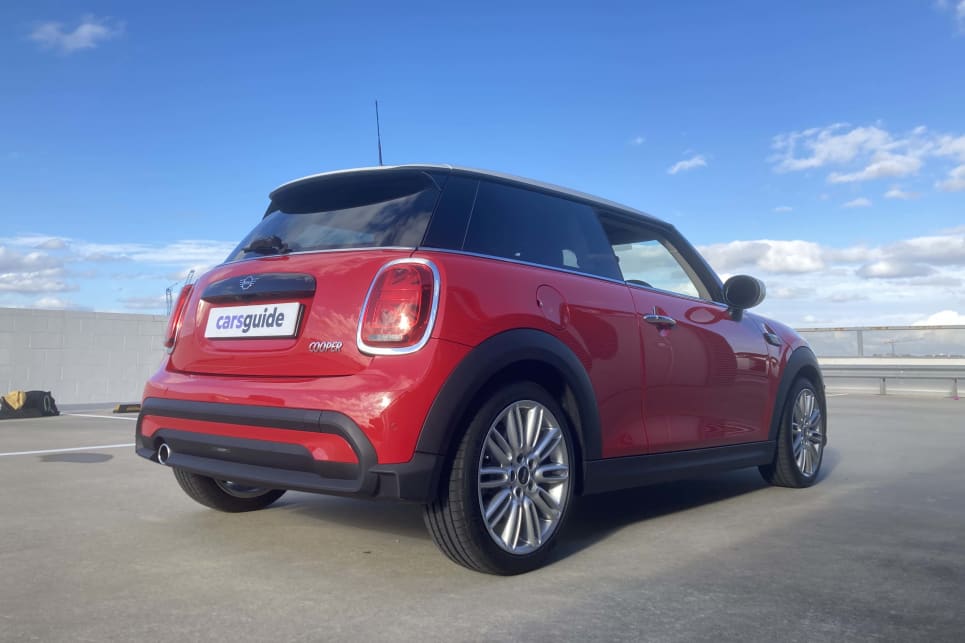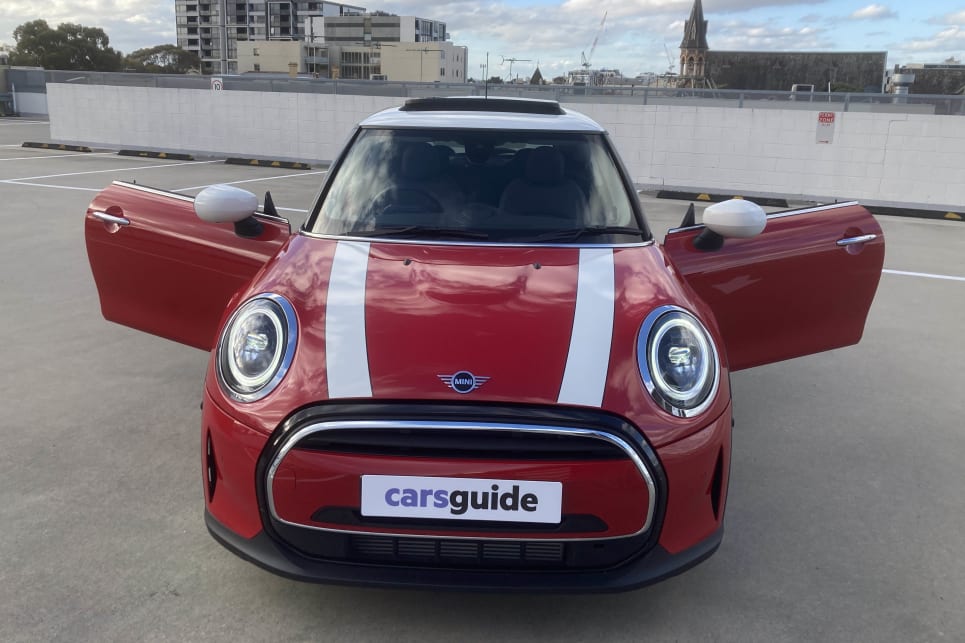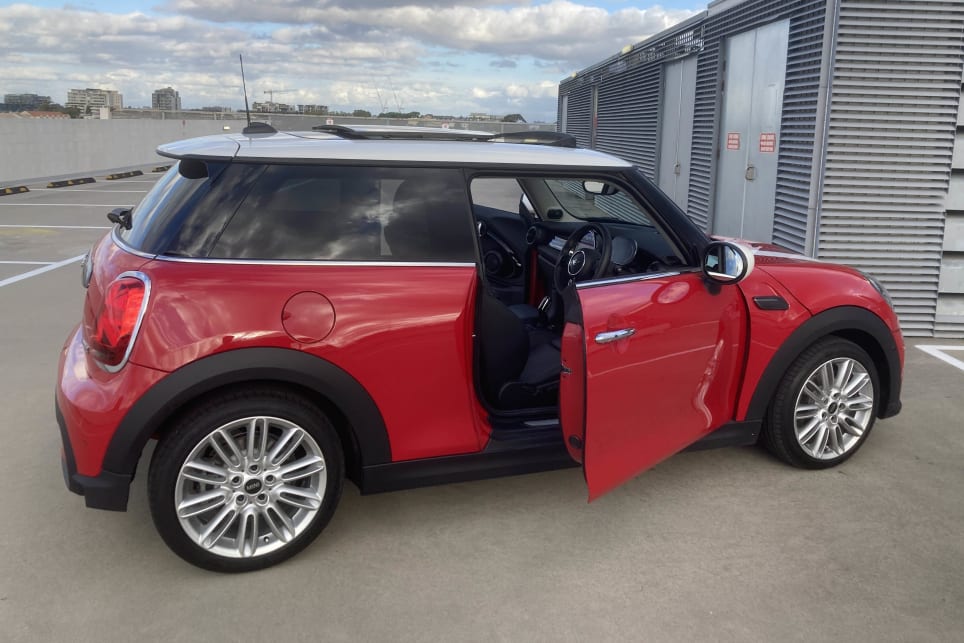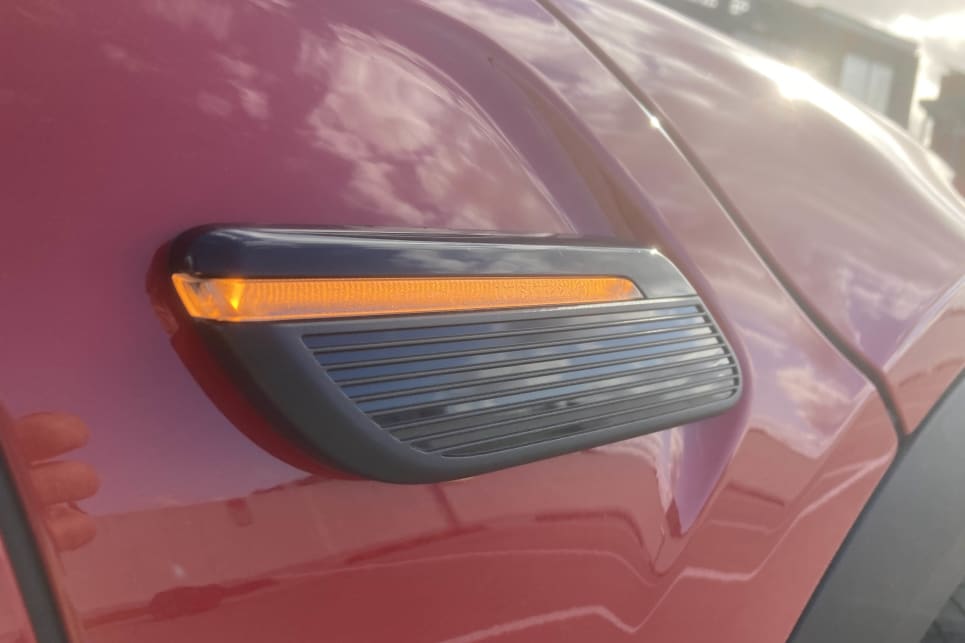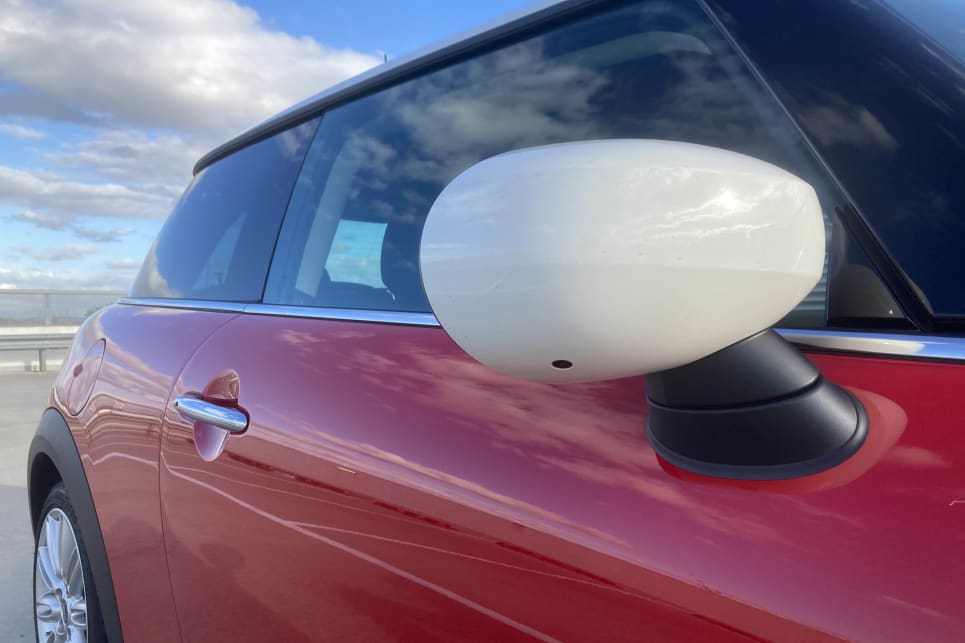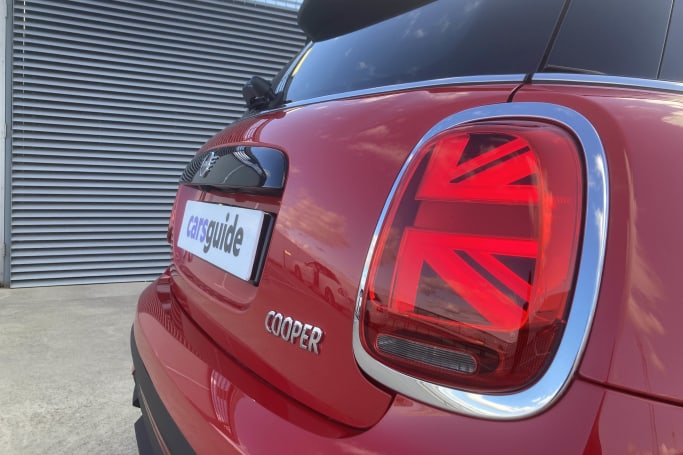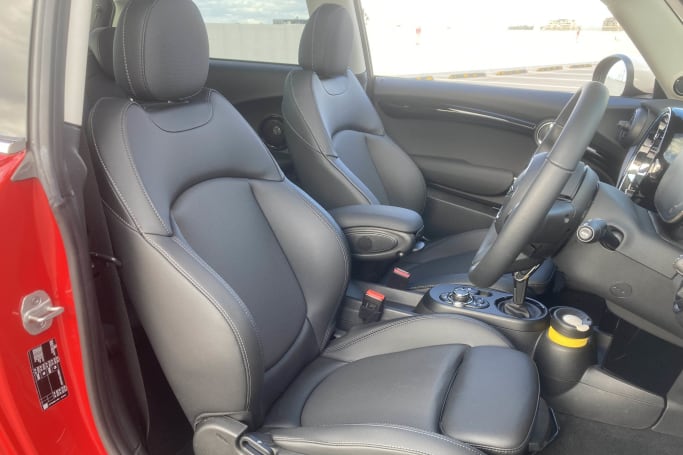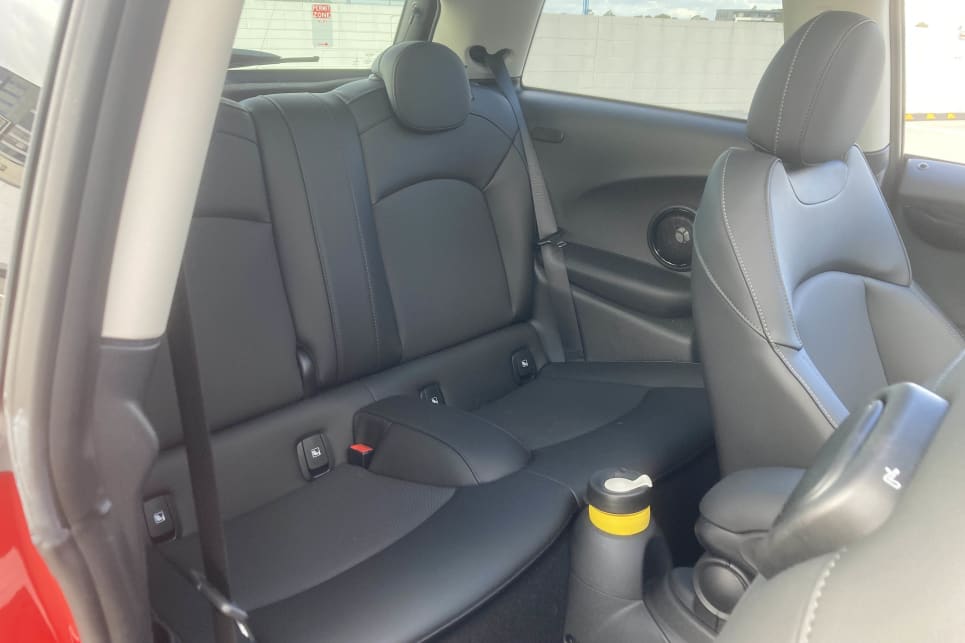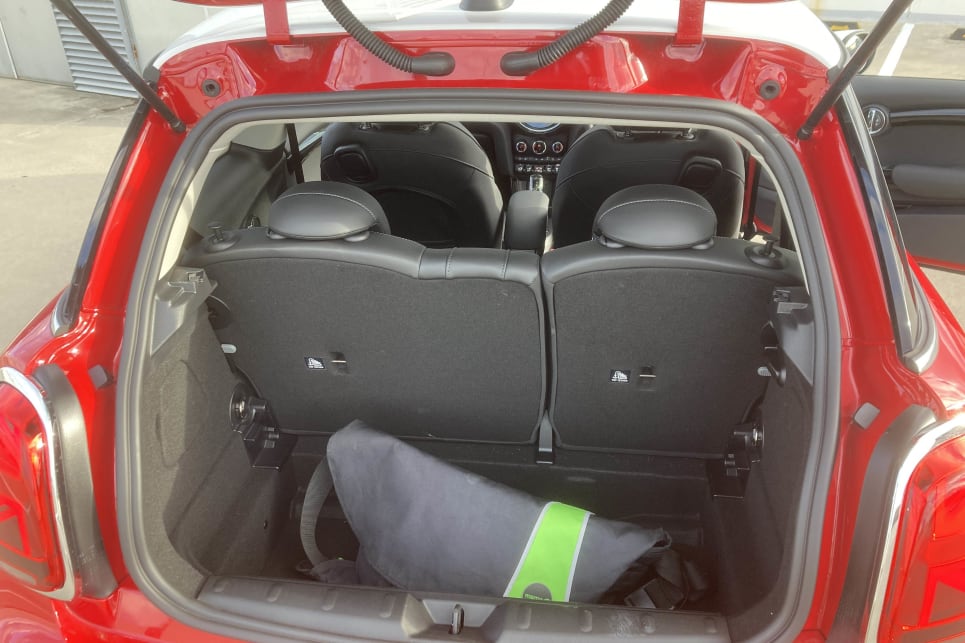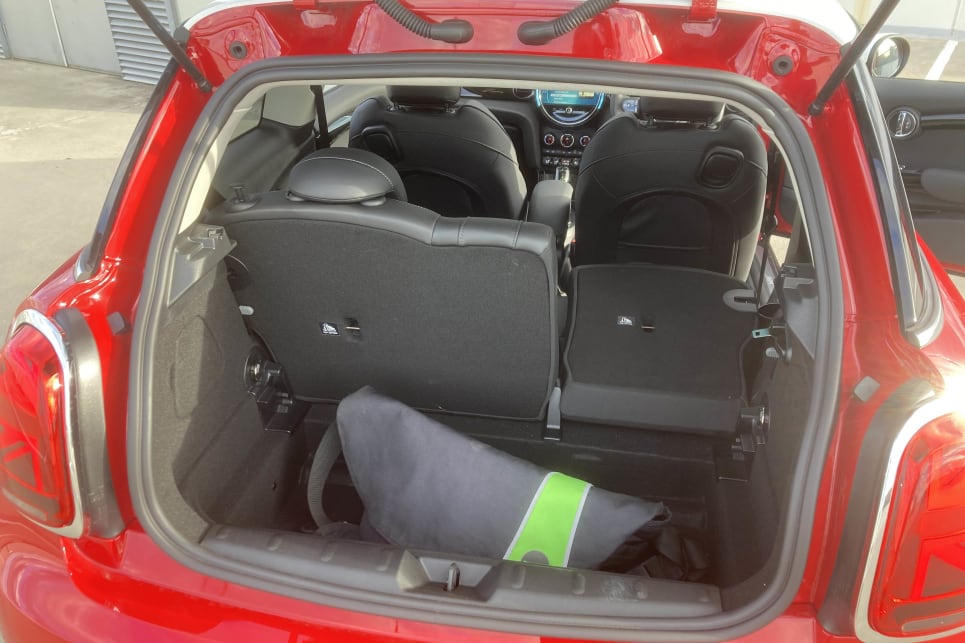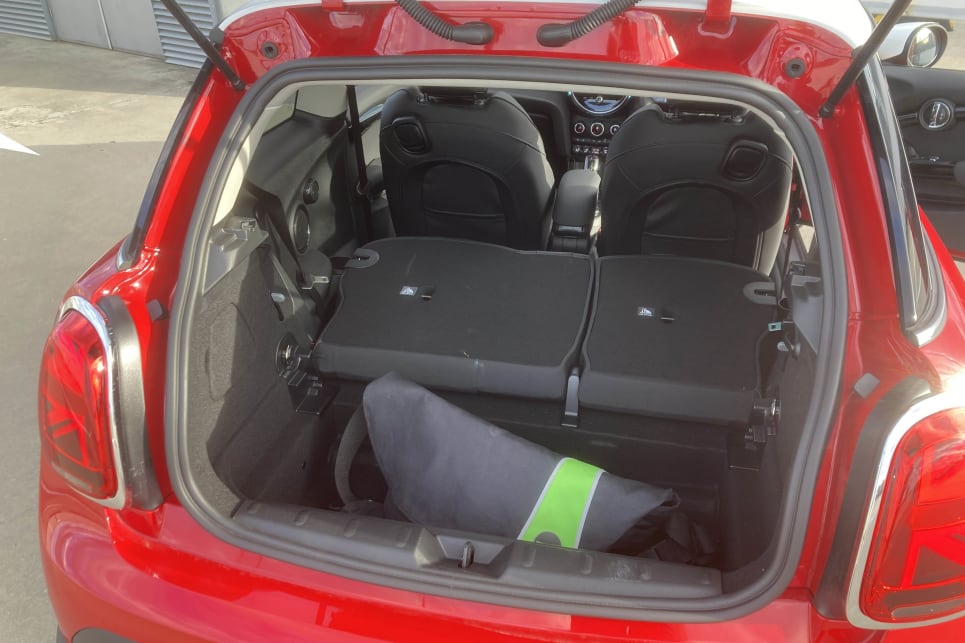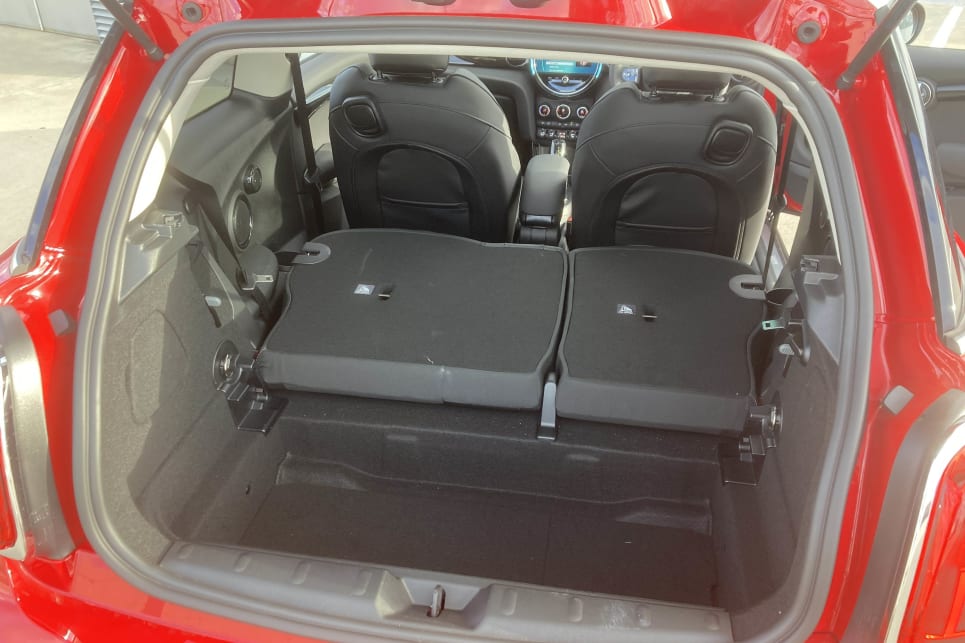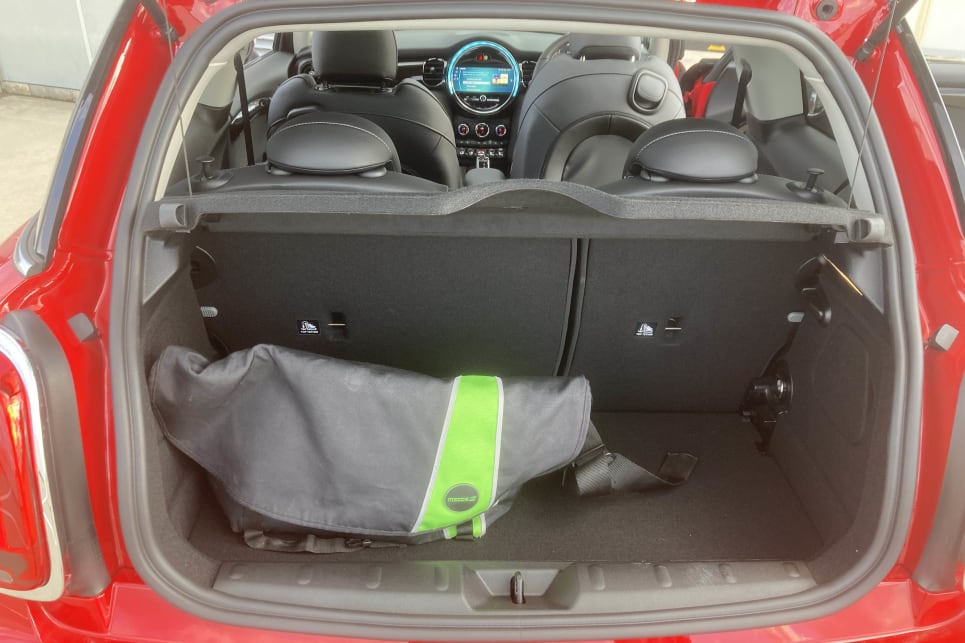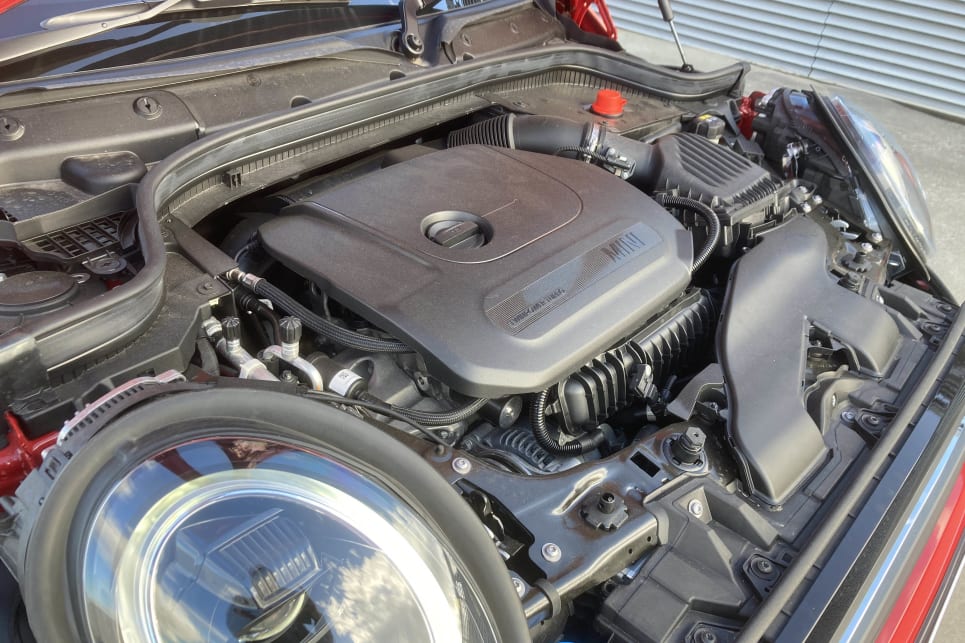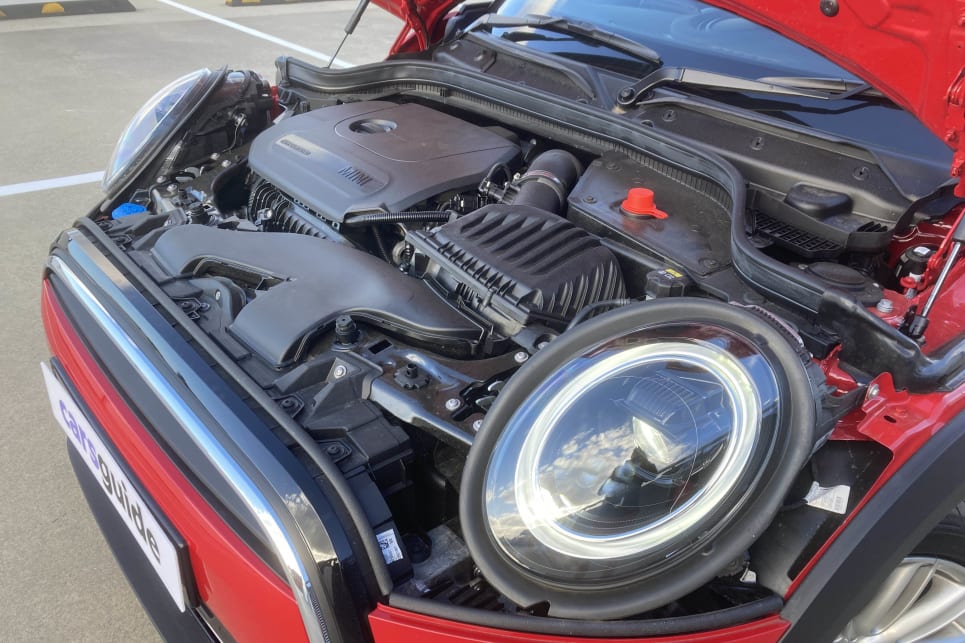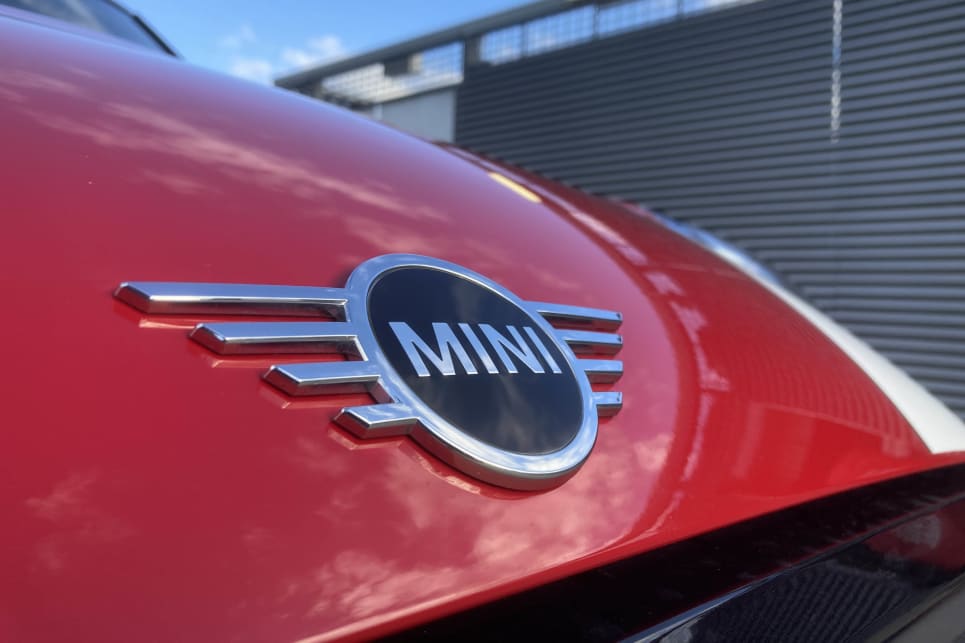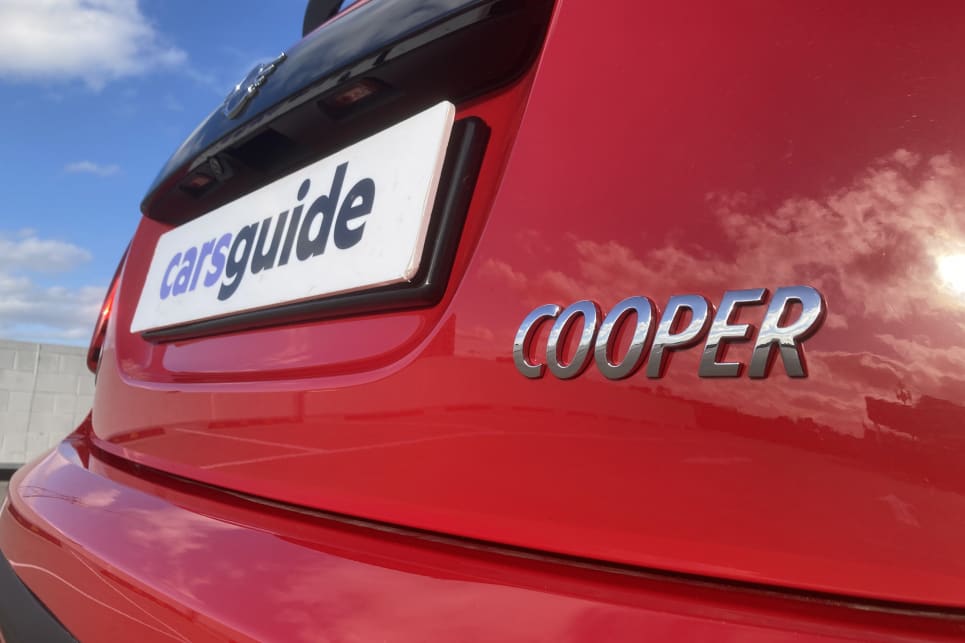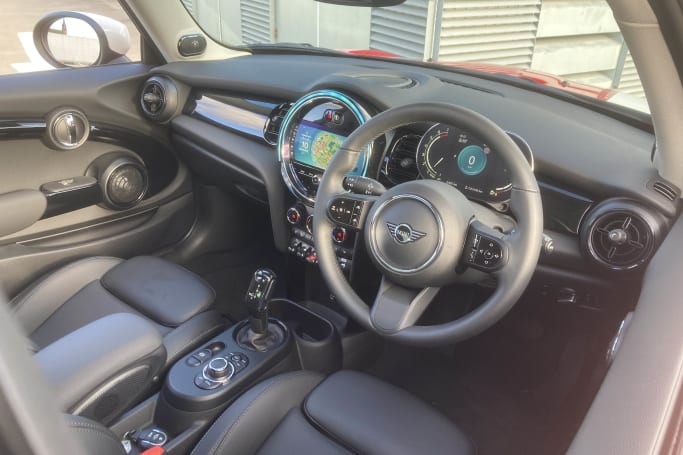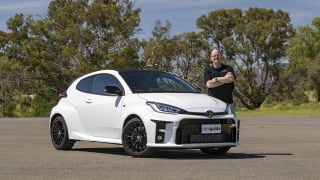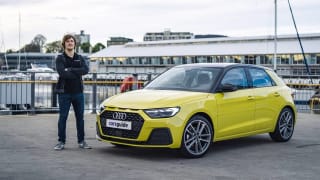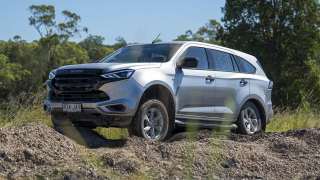Let’s see what BMW introduced back in early 2021 that’s reignited our interest in the Mini.
Firstly, it brought in more standard equipment. Then some of the more popular personalisation options were bundled up into those packages. And, finally, a few exterior trim alterations here and there, as well as a restyled front bumper and alloy wheels, have freshened up the appearance.
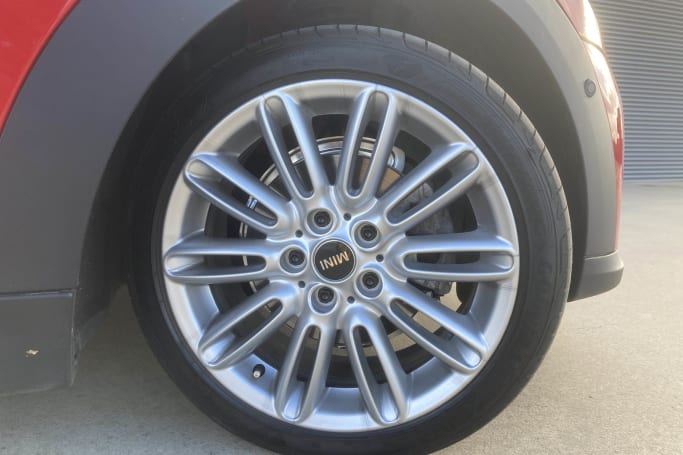
The base Cooper Classic from $37,500 before on-road costs (ORC) includes automatic transmission (sadly a manual gearbox is no longer offered), LED lighting front and rear, cloth seat facings, piano-black interior trim, digital instrumentation, an 8.8-inch touchscreen, wireless phone mirroring and charging, digital radio, reverse camera, parking assistant (that steers the car into parallel spots automatically), front and rear parking sensors and 16-inch alloy wheels (with no spare).
On the safety front you’ll find six airbags, autonomous emergency braking (AEB), lane departure warning and adaptive cruise control with stop/go, among a host of other technologies. See the safety section below.
Personalisation packages are a big part of the Mini’s appeal, and the Classic offers at no-cost the choice of four exterior colours (white, black, red or blue), three roof/mirror cap/ combos (body colour, black or white), two alloy designs (five- or 14-spoke) and black or white stripes.
Our red test car was the Classic Plus from $41,000 plus ORC, which means keyless entry, more-bolstered ‘leatherette’ sports seats, front seat heaters, a panoramic sunroof, Harman Kardon audio upgrade, eco and sport extra driving modes, stronger window tinting and 17-inch alloys in either silver or black, as well as three additional colour choices (green, grey and silver). All for a surprisingly reasonable $3500 more.
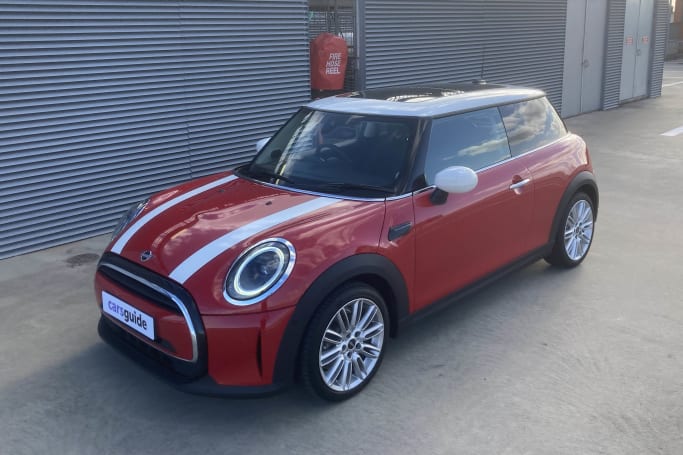
This would be your Mini starting point, and not the Mini Yours from $46,000 before ORC, which is more a styling exercise with leather upholstery, fancier trim, ambient lighting and 18-inch alloy wheel options.
At the Classic Plus price point, rivals are scarce, and none with three-door hatchback bodies except for the smaller and outdated Fiat 500/Abarth 595 twins, while the Audi A1 and Citroen C3 are both presented in more pedestrian five-door hatchback guises – something that the F55 Mini 5DR Hatch competes against anyway.
The hardcore Toyota Yaris GR AWD pocket rocket perhaps comes closest in spirit but that’s more of a Cooper S JCW competitor, meaning the Mini Cooper really is in a space of its own.




